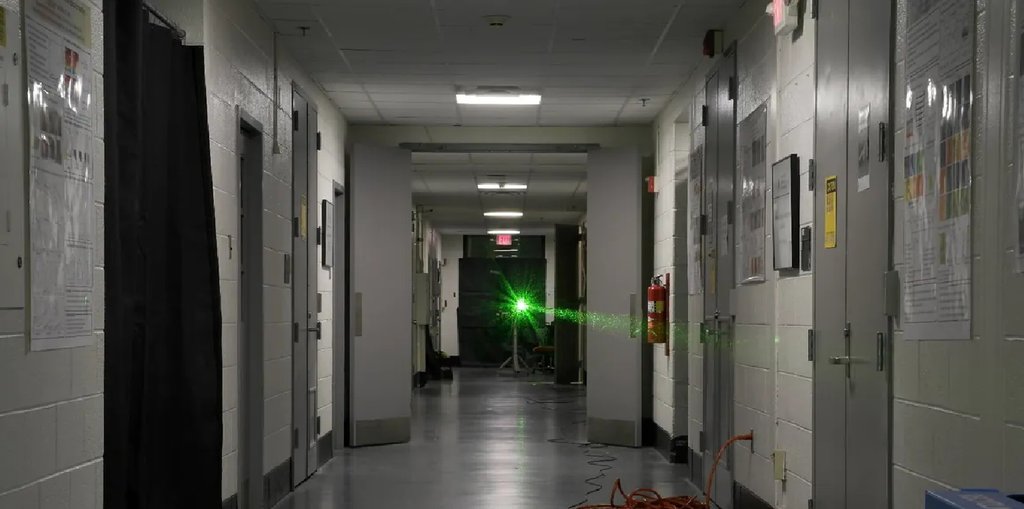Beach enthusiasts often visit the sequence of Long Island villages, originally settled by farmers and fishermen, collectively assuming the identity of the Hamptons. Located south of the island’s rugged central spine, the exquisite white sand of the beaches spills gently into the Atlantic, compelling people to journey to them.
The Hamptons Have a Rich Cultural Heritage

The Hamptons’ allure was initially discerned by artists. Their attraction was fueled, in part, by the unspoiled rural panoramas and the crystalline marine luminance. During the latter part of the 19th century, luminaries like William Merritt Chase and other landscape virtuosos congregated in Southampton.
In the 20th century, abstract expressionists, including Jackson Pollock and Willem de Kooning, departed from Manhattan, seeking refuge in this locale. A considerable number of accomplished artists, such as Eric Fischl and April Gornik, who can be deemed the pioneers of the present artistic scene, both resided and worked on the South Fork. Their presence contributes to the mythos of the Hamptons, although soaring real estate values render this enclave progressively exclusive, accessible solely to the most prosperous artists.
The Hamptons Are a Great Beach Destination

The Hamptons also have a rich literary heritage. Eminent literary figures such as John Irving, Peter Matthiessen, George Plimpton, and Kurt Vonnegut had all established abodes in Sagaponack, an unofficially designated Hampton village.
In present times, Hollywood’s influence has progressively pervaded the Hamptons, culminating in a landscape where luminaries from the worlds of cinema and music appear to outnumber writers and artists. Renowned figures like Alec Baldwin, Gwyneth Paltrow, Jerry Seinfeld, Steven Spielberg, and Robert De Niro frequent eateries such as Nick & Toni’s in East Hampton or grace the red carpets of movie premieres hosted by East Hampton and Southampton theaters.
In recent times, an increasing number of summer inhabitants have prolonged their stay, returning during spring and autumn weekends, and some even choose to establish permanent residency. Still, the coastlines remain untouched, the villages retain their picturesque charm, the locally grown corn and tomatoes remain unparalleled, and the neighbors radiate an absurdly refined style.
A Laser Experiment Broke Records While Crossing a University’s Hallway
Fiber optic cables have been the preferred method for transmitting data due to their high efficiency, with a maximum theoretical transmission rate of 92%. However, recent advancements in technology have allowed researchers to, despite some drawbacks, explore the possibility of wireless laser signal communication with similar efficiency.
Transporting Information

The use of laser signals transmitted through the air has shown promising results, with a recent breakthrough in distance covered. A team at the University of Maryland successfully transmitted a laser signal over a distance of 148 feet with good transmission efficiency by turning the air into a fiber optic, known as an air waveguide. This approach is necessary to prevent the laser beam from expanding and losing signal over longer distances.
The researchers have developed a cutting-edge technique to transmit data through the air using ultra-short laser pulses. By creating plasma filaments in the air, they were able to carve out a path for the laser transmission to travel through, resulting in a high-density core surrounded by low-density air. This method allowed them to transmit a laser for a distance of 148 feet with a good efficiency rate. It’s a groundbreaking technique that opens up new possibilities for data transmission in the future.
Optic Cables Are Still Optimal

The distance of 147.6 feet the team achieved is 60 times farther than previous attempts. This allowed for 20% of the signal to be transmitted, with the potential for higher efficiencies in the future. The team faced challenges with scale and safety but received support from the physics department and the Maryland environmental safety office.
The team faced a number of challenges when attempting to extend the distance of the waveguide in a hallway at the university. They had to reassess the basic principles of the process and find ways to safely transmit a high-power laser in a public area. Despite these obstacles, the team was able to work closely with the university’s physics department and safety office to successfully complete the test.